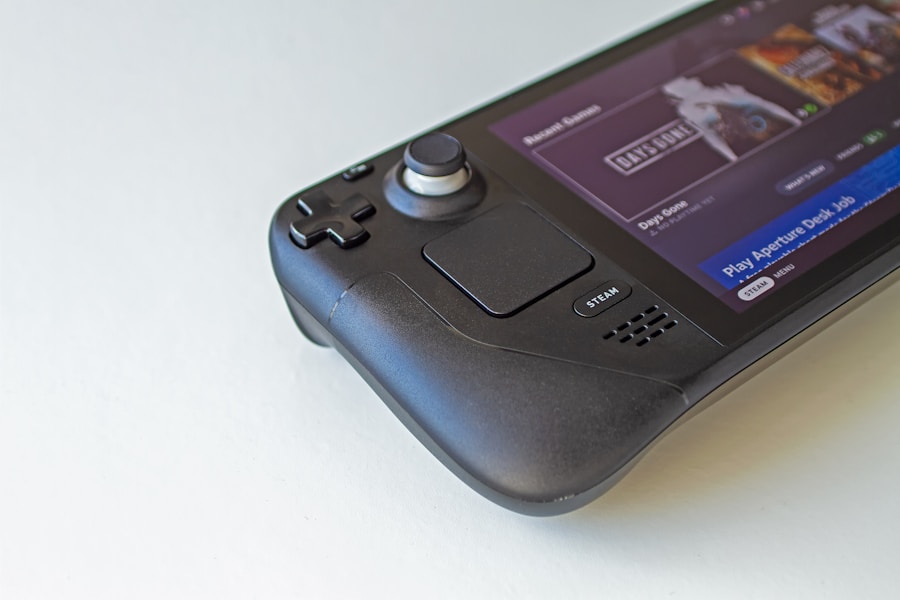Gaming headsets have become an essential accessory for gamers, providing an immersive audio experience that enhances gameplay. One of the key factors that contribute to the overall sound quality of a gaming headset is the driver size. The driver is the component of the headset that converts electrical signals into sound waves, and its size plays a crucial role in determining the quality and characteristics of the audio produced. In the world of gaming headsets, driver sizes typically range from 30mm to 50mm, with larger drivers generally being associated with higher-end models. Understanding the significance of driver size is important for gamers looking to invest in a headset that delivers superior audio performance.
Understanding Sound Quality and Driver Size
When it comes to sound quality, driver size is a critical factor to consider. Larger drivers are capable of producing more powerful and detailed sound, with better bass response and overall clarity. This is because larger drivers have a greater surface area, allowing them to move more air and produce a more dynamic sound. On the other hand, smaller drivers may struggle to deliver the same level of depth and richness in the audio, particularly in the lower frequency range. However, it’s important to note that driver size is just one aspect of sound quality, and factors such as driver material, design, and tuning also play a significant role in determining the overall audio performance of a gaming headset.
The Relationship Between Driver Size and Sound Quality
The relationship between driver size and sound quality is complex and multifaceted. While it’s generally true that larger drivers are capable of producing more powerful and detailed sound, there are other factors at play that can influence the overall audio performance of a gaming headset. For example, the quality of the materials used in the construction of the driver, as well as the design and tuning of the headset, can have a significant impact on sound quality. Additionally, the impedance and sensitivity of the drivers can also affect how they respond to electrical signals and produce sound. Therefore, while driver size is an important consideration, it’s essential to take into account the overall design and engineering of the headset when evaluating its sound quality.
Impact of Driver Size on Frequency Response
The size of the driver in a gaming headset can have a significant impact on its frequency response, which refers to the range of frequencies that the headset is capable of reproducing. Larger drivers are generally better equipped to handle lower frequencies, resulting in deeper and more powerful bass response. This can be particularly beneficial for gaming, as it can enhance the immersive experience and make in-game audio effects more impactful. On the other hand, smaller drivers may struggle to reproduce low frequencies with the same level of depth and intensity. However, it’s important to note that frequency response is not solely determined by driver size, as other factors such as driver design and tuning also play a crucial role in shaping the overall frequency response of a gaming headset.
Considerations for Gaming Headset Buyers
For gamers in the market for a new headset, there are several important considerations to keep in mind when evaluating driver size and its impact on sound quality. Firstly, it’s essential to consider the type of games you typically play and the kind of audio experience you’re looking for. If you enjoy games with immersive soundscapes and impactful audio effects, a headset with larger drivers may be more suitable for your needs. Additionally, it’s important to consider other factors such as driver material, design, and tuning, as these can also significantly influence sound quality. Finally, it’s crucial to test out different headsets and compare their audio performance in person, as subjective preferences can vary from person to person.
Exploring Different Driver Sizes and Their Effects
Gaming headsets come in a variety of driver sizes, each with its own unique characteristics and effects on sound quality. Headsets with smaller drivers, typically around 30mm to 40mm, are often more compact and lightweight, making them ideal for gamers who prioritize comfort and portability. However, these smaller drivers may struggle to deliver the same level of depth and power in the lower frequency range compared to larger drivers. On the other hand, headsets with larger drivers, typically around 40mm to 50mm, are capable of producing more powerful and detailed sound with better bass response. These headsets are often favored by gamers who prioritize audio performance and immersion in their gaming experience.
Conclusion and Recommendations for Gaming Headset Users
In conclusion, driver size is a crucial factor that can significantly impact the sound quality and overall audio performance of a gaming headset. While larger drivers are generally associated with more powerful and detailed sound, it’s important to consider other factors such as driver material, design, tuning, and frequency response when evaluating a headset’s audio performance. For gamers in the market for a new headset, it’s essential to consider their specific gaming preferences and test out different headsets to find one that best suits their needs. Ultimately, finding the right balance between driver size and other factors is key to achieving an immersive and enjoyable gaming audio experience.

![2 Pack-Apple Earbuds/iPhone Headphones/Lightning/Wired Earphones [Apple MFi Certified] Built-in Microphone & Volume Control Compatible with iPhone 14/13/12/11/8/Pro Max/X/7, Support All iOS System](https://m.media-amazon.com/images/I/61LD+uOXsWL._AC_SY300_SX300_.jpg)
![Roblox Digital Gift Code for 1,700 Robux [Redeem Worldwide - Includes Exclusive Virtual Item] [Online Game Code]](https://m.media-amazon.com/images/I/51BgFbIoAdL._SY430_SX215_QL70_ML2_.jpg)